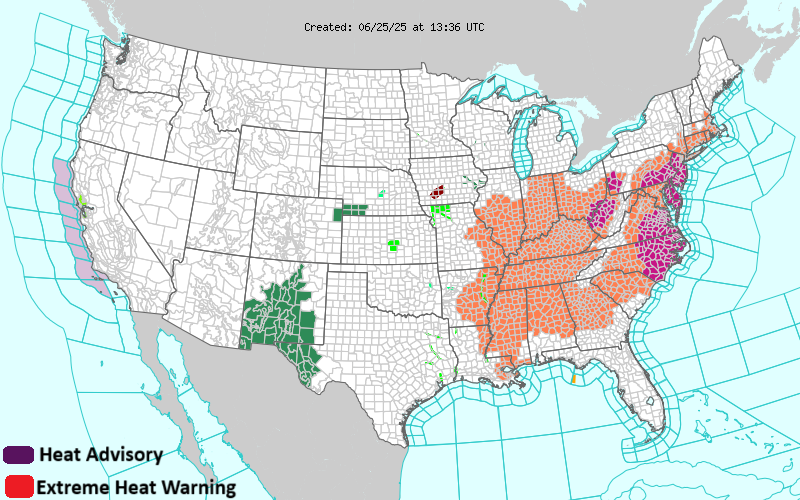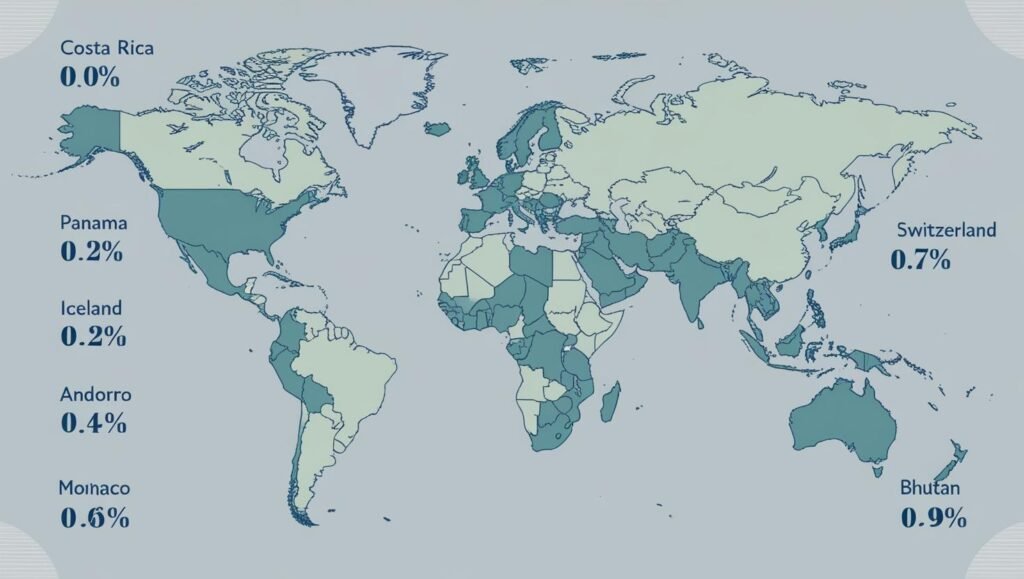Why This Heatwave Is So Intense
Heat warning tips are essential right now as a dangerous heat dome sweeps across much of the U.S. According to the National Weather Service, a powerful high-pressure “heat dome” is trapping scorching air from the Midwest to the Northeast, causing record-breaking temperatures that feel like 115–126 °F in places like Manhattan. Moreover, forecasters warn that the lack of overnight cooling and high humidity heighten the risk of heat-related illness—so quick precautions can genuinely save lives.

Furthermore, this isn’t just another summer heat wave. It’s being driven by a locked-in “heat dome”—a strong high-pressure system that keeps hot air trapped near the ground . For example, record-warm Gulf of Mexico waters and stagnant airflows mean that both daytime highs and nighttime lows remain unusually high—leaving little relief even after dark. In addition, experts overwhelmingly agree that climate change is making these events more frequent, intense, and longer-lasting
✅ Heat Warning Tips to Stay Safe
🥤 Tip #1: Stay Hydrated — Constantly
First of all, drink water every 30–60 minutes throughout the day, especially if you’re sweating or outdoors.
Additionally, avoid alcohol, soda, and energy drinks — they worsen dehydration.
Instead, opt for water or add electrolytes if you’re active.
Pro tip: Keep a refillable water bottle with you to remind yourself to drink regularly.
🏠 Tip #2: Cool Your Home Without Overloading the AC
While air conditioning is the most effective, not everyone has access to it — and some power grids are under strain during peak hours.
Therefore, close blinds and curtains during the day, use fans in cross-ventilated rooms, and place a bowl of ice in front of the fan to cool the air.
Moreover, turn off lights and electronics that generate heat.
🧼 Tip #3: Take Cool (Not Cold) Showers
To regulate your body temperature, try a cool shower or wet towel.
However, avoid ice-cold water — it can shock your body and actually cause internal heat retention.
This simple step can provide quick relief, especially in the early stages of heat exhaustion.
👚 Tip #4: Wear Light, Loose, and Breathable Clothing
When outdoors, wear loose-fitting clothes made of cotton or linen.
In addition, choose light colors — they reflect heat rather than absorb it.
Also, a wide-brimmed hat and UV-protective sunglasses offer additional defense from the sun.
🚫 Tip #5: Avoid Outdoor Activities from 11 AM to 4 PM
This is the hottest part of the day, and exposure during these hours increases your risk of heatstroke.
Instead, run errands or exercise in the early morning or after sunset.
If you must go out, take frequent breaks in the shade and wear sunscreen (SPF 30 or higher).
🧓 Tip #6: Check on Elderly, Children, and Pets
Elderly people, babies, and pets are most vulnerable during extreme heat.
So, check on neighbors and relatives regularly.
Also, ensure pets have water and never leave them (or children) in a parked car.
Even a few minutes in a car during a heat warning can be fatal.
🧯 Tip #7: Know the Signs of Heat Illness
Recognizing symptoms early can prevent serious complications.
- Heat exhaustion: Heavy sweating, dizziness, nausea
- Heatstroke (emergency!): Confusion, dry/hot skin, fainting, rapid heartbeat
If symptoms appear, move the person to a cool area and seek medical help.
📢 Final Tip: Stay Informed and Alert
Finally, monitor updates from the National Weather Service (NWS), local news, and official emergency channels.
Many cities open cooling centers, and some offer public transportation to them.
🧊 Final Thoughts
These heat warning tips aren’t just about staying comfortable — they can be life-saving. As temperatures continue to rise due to both seasonal factors and long-term climate change, taking proactive steps becomes more important than ever.
Share these heat warning tips, check on loved ones, and stay cool — safely.
For more safety guidance, see the National Weather Service Heat Safety Tips one-page fact sheet, which covers hydration, recognizing heat illness, fan use, and how heat advisories differ from warnings.
The federal government’s Ready.gov Extreme Heat tips highlight essential precautions such as cool showers, fan use limit, indoor cooling strategies, and community resources.
Sources: This article refers to publicly available safety guidelines and forecasts from:
National Weather Service – weather.gov
U.S. Department of Homeland Security’s emergency preparedness site – ready.gov/heat
Weather alert image sourced from weather.gov: For the most accurate and region-specific updates, always consult local alerts via official government channels.



